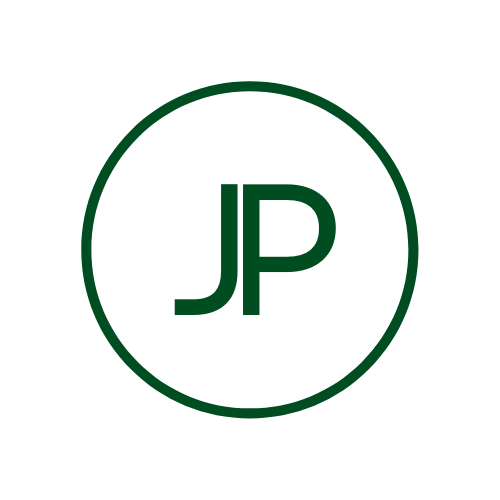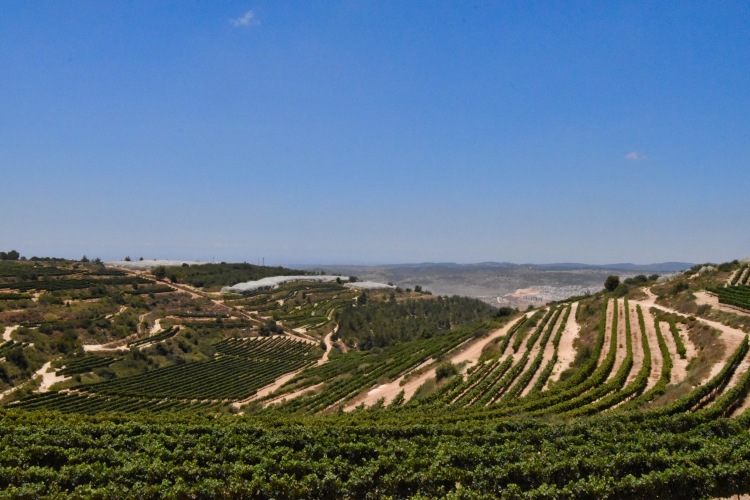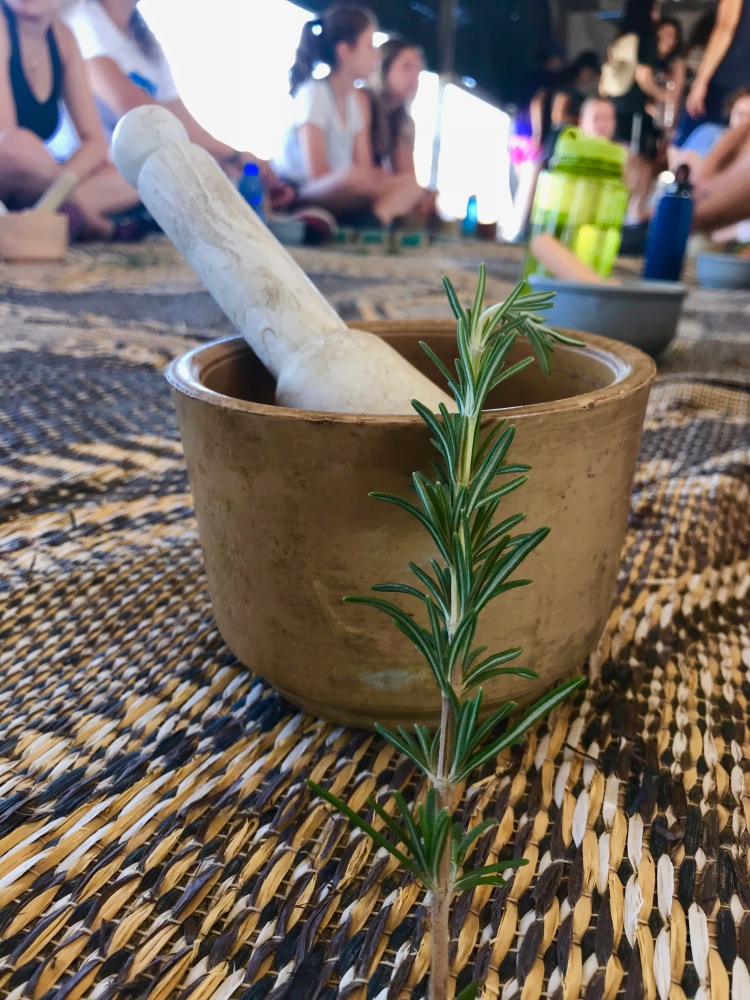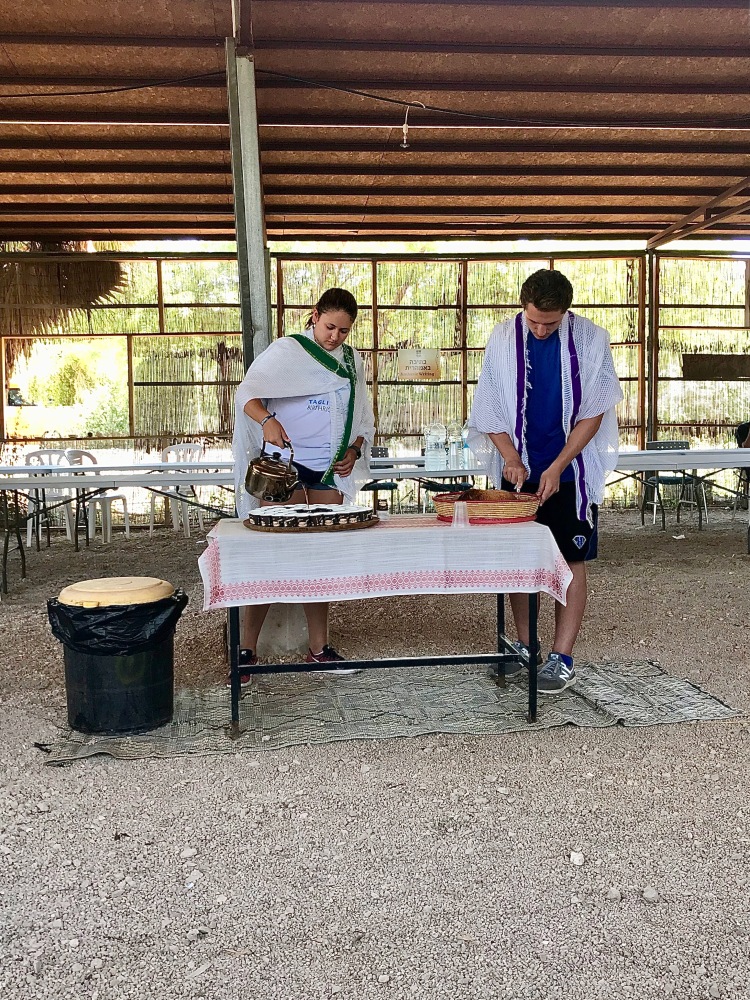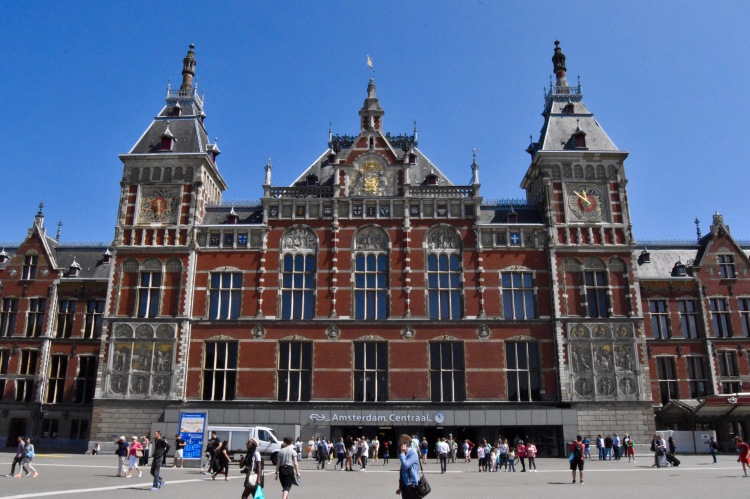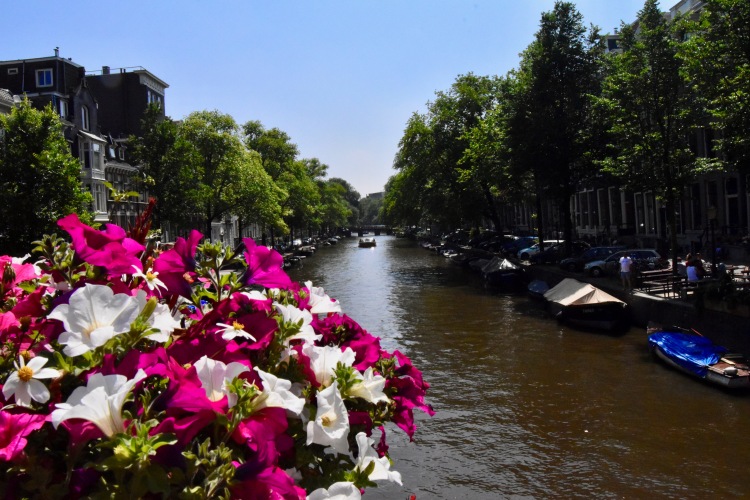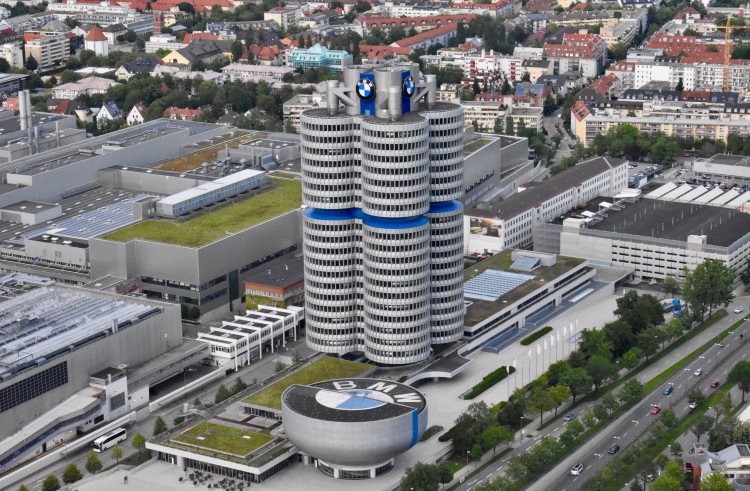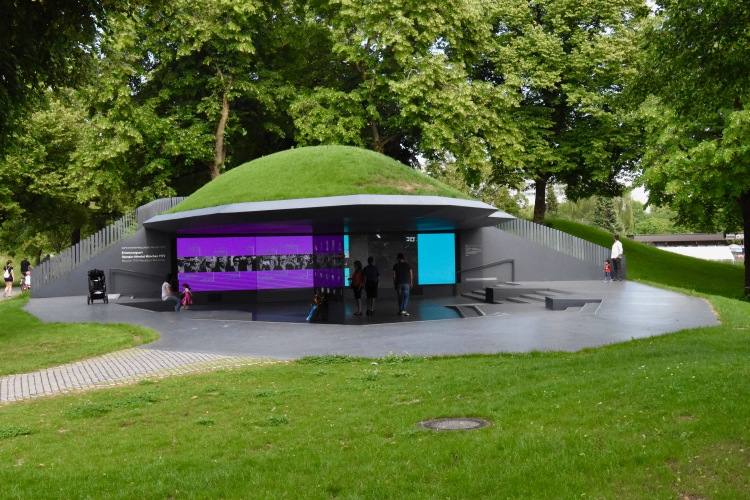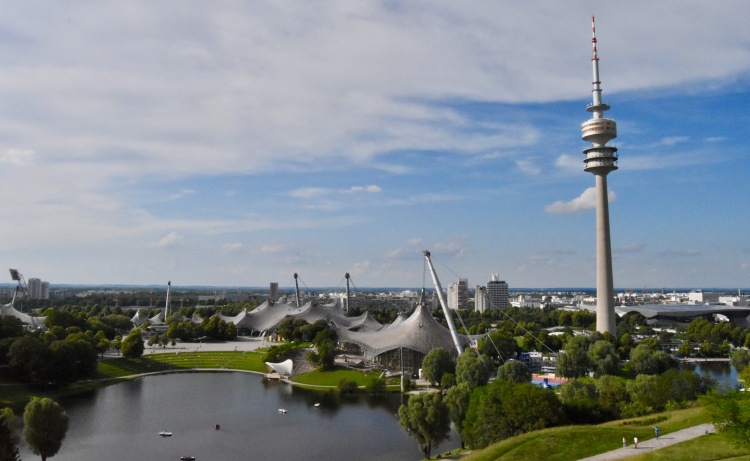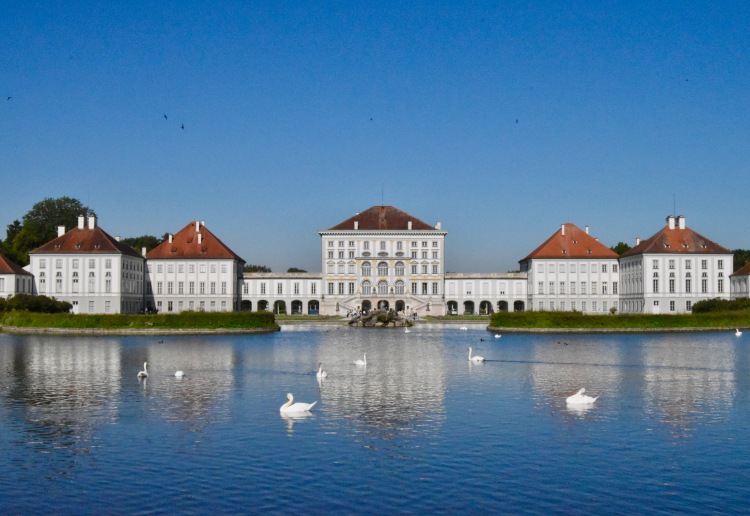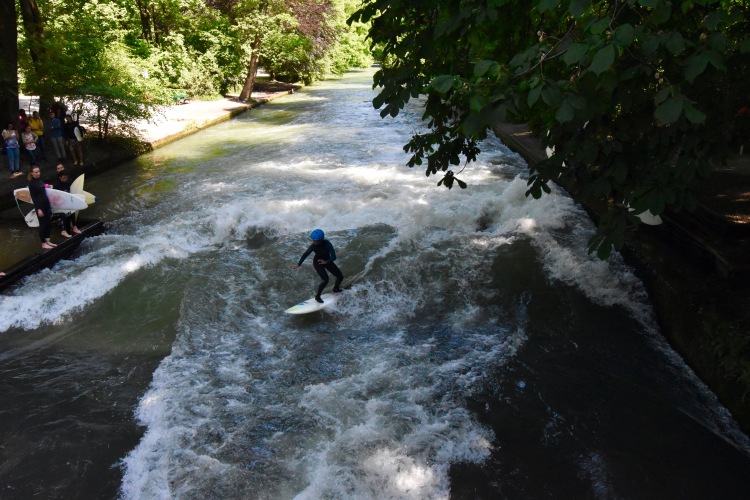When we were asked to pick weekend-long breakout seminars for our Onward program, I didn’t know what to hope for. Oftentimes the way these types of things are designed is not conducive to fun. Normally, they pack so much information into these experiences that it can be hard to tell what you actually heard, and what you thought you heard. But when I went to look through the options (avoiding my birthday weekend, of course), one stood out: “Community Activism and Diversity in the Galilee.”
The North of Israel is my favorite part of the country, and the Galilee area is filled with rolling hills and green places. It also contains uncountable amounts of Jewish history, even though today there are far less Jews living in the area. This seminar would allow us to spend Thursday evening and Friday morning in the town of Shefar’Am, which literally translates to the “Horn of the Nation.” It is an Arab town where Muslims and Christians live side by side in peace, but there is a third group in town as well: the Druze. The Druze community is ethnically Arab, but not Muslim or Christian.
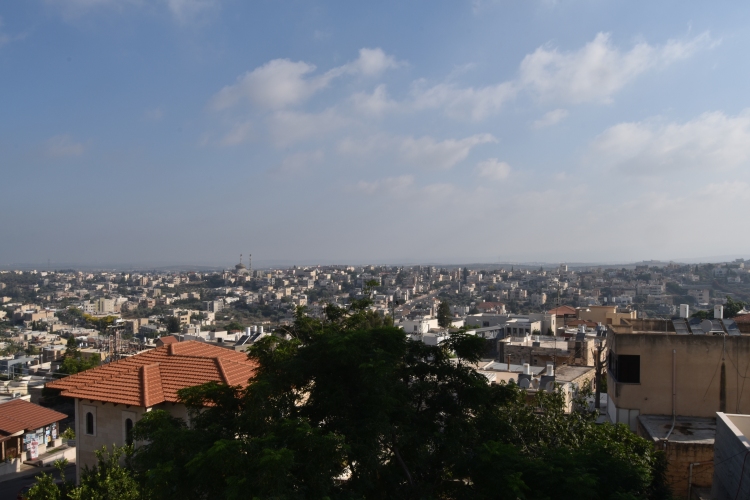
The Druze religion is quite secretive, to the point where many members of the Druze community itself don’t even know the details. There are about 1.8 million of them, the vast majority of which live in the Galilee and Golan regions of Israel, the south of Syria, and the south of Lebanon. The religion came into being around the 10th and 11th centuries, with a period of 24 years at the beginning being the only time conversion was allowed. Since that time, there is no way to convert to being Druze, and you cannot be considered Druze if one of your parents is not.
One interesting fact we learned is that the Druze community traces their lineage from Jethro the prophet, from the Tanakh. So in a way, they still find themselves connected to the three major religions. In addition, Druze culture is focused on the shared humanity of people- they treat all fellow Druze as brothers and sisters, and hold an attitude of “if you’re nice to me I’ll be nice to you” towards the rest of the world. With that, however, comes undying loyalty; Druze are loyal to the land on which they live. This means that Israeli Druze fight in the Israel Defense Forces, while Syrian Druze fight in that army and Lebanese Druze fight for Lebanon. This has resulted in multitudes of sad stories of brothers fighting against each other, of families split up, and of a yearning for peace in our time.
The culture is also focused on hospitality- and from experience, I can say that they are the best hosts you will ever meet. We met as a whole group on Thursday night, and then were divided into our host families after dinner. As we drove to the house, our host thought we should stop off at his supermarket and grab some snacks- the Druze love food! We arrived at the home, and as we talked and got to know each other I was challenged to games of FIFA, which if you know me, it is one of my favorite pastimes. We were also given a nighttime driving tour of town, and ended up at the home of our host’s cousins, who were also housing people from our program. As we expected, they were sitting on the front patio talking and snacking on what seemed like an endless supply of food. Around 12:30 AM, we made our way to bed.
The next day we woke up to an amazing homemade Druze breakfast of all kinds of pastries, tea, olive oil and cottage cheese, and so much more. We sat and talked as we ate, and then headed off to the meeting spot for the first activity of the day. That activity was to tour the village of Shefar’Am, and we learned so much along the way. For instance, there used to be a large Jewish community there too, until they left for economic reasons in the 1800s. We traced the path of the last Jewish family in Shefar’Am, as they walked to the synagogue for the last time, key in hand. Since that family left, the synagogue has been in the care of a Muslim family who lives across the street and holds the key- a true example of peace and coexistence.
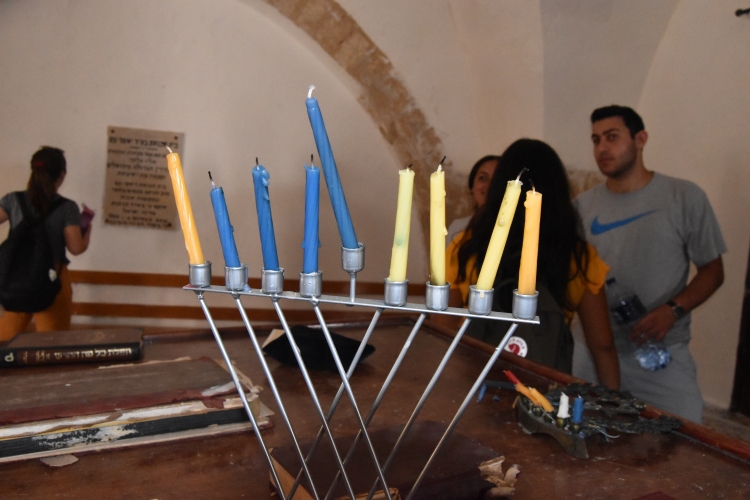
The small synagogue is quite basic and bare, but holds historical significance as one of ten places the legendary Sanhedrin once sat. For readers who do not know, the Sanhedrin was the Jewish council of elders in the time of the Temple in Jerusalem. For me, the best part of the tour was the old shuk in the center of town. Today it is mostly used as storage for those who work in the new shuk, but there are still one or two businesses and coffee shops there. One of these was Mr. Jamal, who we were lucky enough to meet. He is the last shoemaker of Shefar’Am, a profession which at one point held much prestige and included many more workers than him. Today, he mostly fixes anything with leather involved, but every now and then he still makes shoes from scratch.

As we finished the tour, we had some free time to grab ice cream as we headed to our next stop: a nearly 500-year old house where one of the Druze program leaders lives. As he explained, the building was once the home of the most powerful Druze Sheikh in the region, a position that no longer exists. In this time, we would be using the home to listen to another Druze Sheikh, who would be the person to explain as much as he was allowed to about Druze religious customs and history.
Afterwards, we would have one final group lunch together, and our group would leave for Kibbutz Hannaton, about 30 minutes away. The bus that picked us up was already half full with a group from the second of three villages that had participated in the weekend, and many of us took the opportunity to nap on the way to the kibbutz. Once we arrived and were split into rooms, we took the opportunity to rest before Shabbat. We expected to be in the community synagogue for Shabbat, but due to a Bat Mitzvah the next day, we had to DIY Shabbat services, which after deliberations as to the format, we did. The few Orthodox members of the group chose to go off and do their version, while the Reform and Conservative members combined to create a very musical and fun service.
Saturday, we began with a morning walking tour of Kibbutz Hannaton. If I’m being honest, I didn’t feel as if I learned much. It felt to me as if the program had been grasping at thin air trying to find something interesting about where we were. The only special thing I learned was that Hannaton is one of only two Conservative-affiliated Kibbutzim in Israel. Beyond that, and the fact that they accept members of all denominations and observance levels, I felt it was a kibbutz like any other. And besides the view, it was way too hot to pay attention too much. After lunch and a panel with some kibbutz members (which I also felt was not very helpful or interesting), we had enough free time to spend a couple of hours relaxing in the pool before our final activity.
That final activity was a text study on community- something I love deeply. Studying text in a group setting for me is relaxing, and I always come out of it with more knowledge than I had at the beginning. This time, we looked at the “Three Types of Community” which I won’t detail here except to give their names: Edah, Tzippur, and Kehillah. Afterwards, we headed to dinner for our final time together as a community, and finished with a moving Havdallah service on the hillside. After that, it was back to Haifa, and to work the next day.
